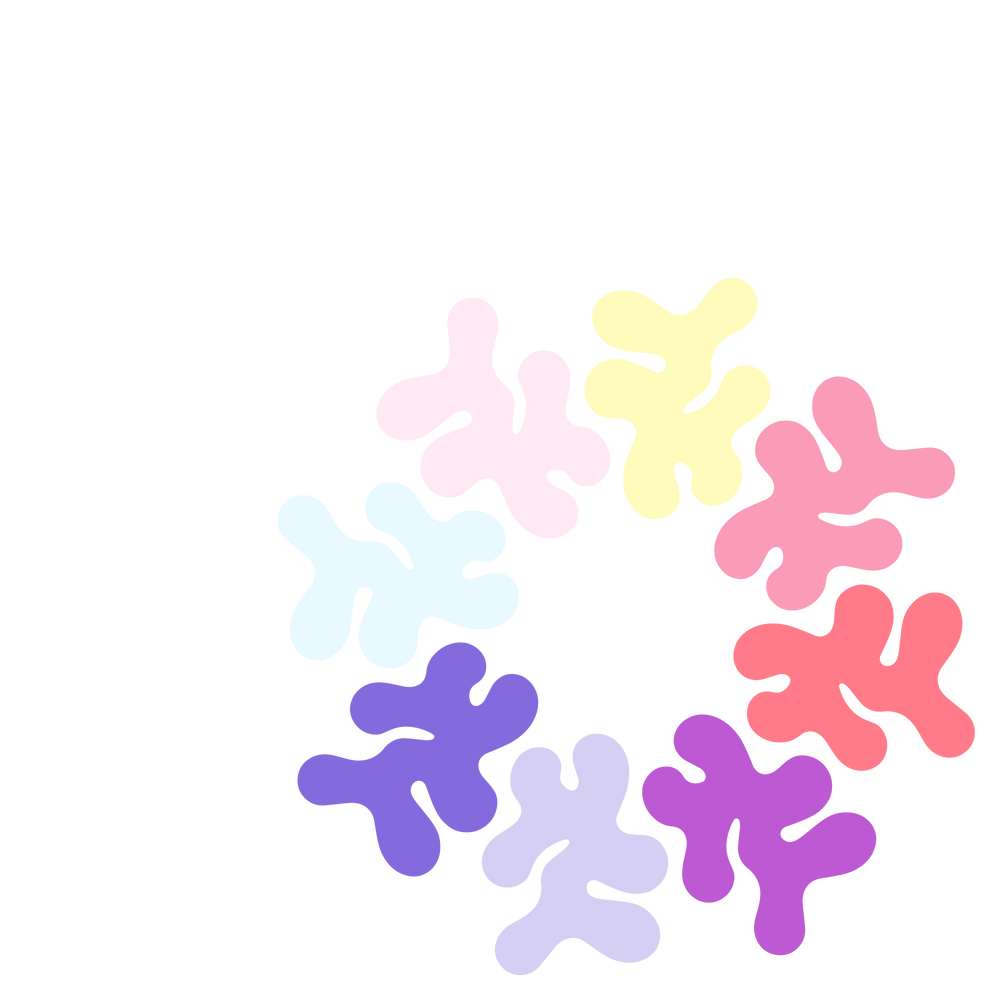Olaismo, derived from the Spanish word “ola” (wave). It employs the metaphor of waves to explore themes of migration, cultural identity, political change, and societal fluidity. The wave serves as a multifaceted symbol—representing both literal and metaphorical movement, transition, and interconnectedness.
My own Cuban heritage and upbringing infuses Olaismo with post-revolutionary narratives, addressing exile and cultural dislocation. Olaismo transcends individual experience, offering a universal lens on global issues like migration crises and cultural globalization. It invites reflection on how forces—literal and ideological—shape human trajectories, urging empathy and awareness of interconnected destinies.
Olaismo is a poetic yet politically charged framework where waves become a lexicon for human struggle, adaptation, and hope, rendered through a multidisciplinary art practice that always begin with a drawing.

